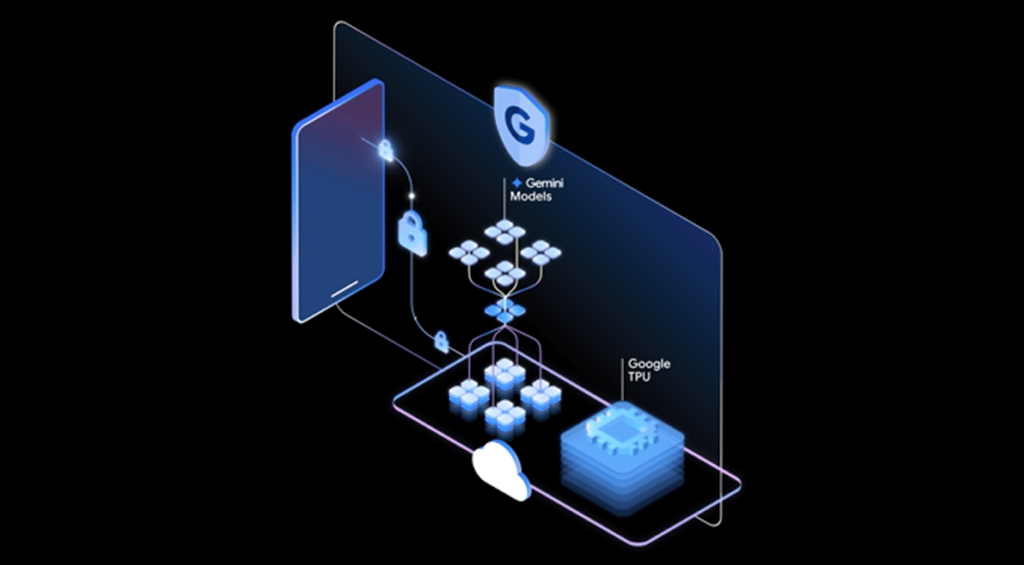Datamation content and product recommendations are
editorially independent. We may make money when you click on links
to our partners.
Learn More
There is no longer any doubt that Software-as-a-Service (SaaS) solutions have become the preferred method for organizations of all sizes to acquire business applications to satisfy their escalating customer and end-user demands while keeping pace with intensifying competitive pressures.
But, the SaaS industry and its growing legion of enterprise customers are falling into the same software development and implementation traps that derailed the previous generation of on-premise, perpetual license ISVs who the leading SaaS vendors successfully disrupted over the past decade.
Cloud Storage and Backup Benefits
Protecting your company’s data is critical. Cloud storage with automated backup is scalable, flexible and provides peace of mind. Cobalt Iron’s enterprise-grade backup and recovery solution is known for its hands-free automation and reliability, at a lower cost. Cloud backup that just works.
SCHEDULE FREE CONSULT/DEMO
Gartner latest forecasts estimate that SaaS revenue worldwide will increase 20.1% in 2017, and jump from $46.3 billion at the end of this year to $75.7 billion by yearend 2020. Gartner says, “…more than 50 percent of new 2017 large-enterprise North American application adoptions will be composed of SaaS or other forms of cloud-based solutions.”
Corporate software acquisition preferences and policies have dramatically shifted away from traditional, on-premise legacy applications to a new generation of on-demand, Cloud-based alternatives for a variety of reasons. SaaS adoption has gained momentum as a widening array of organizations have taken advantage of the lower upfront costs and faster time-to-value of many of today’s SaaS solutions.
Although many SaaS deployments have taken longer than anticipated and entail specialized software development and systems integration skills to connect the new applications with legacy databases, most organizations have still been pleased with the operational efficiencies and additional functional capabilities delivered by the SaaS solutions.
As a result, many organizations are expanding their SaaS subscriptions to support additional workers, and adopting additional SaaS solutions to redesign more of their business processes. However, these organizations are often finding that their SaaS implementations are getting a lot more complicated.
There are two primary reasons SaaS deployments become harder rather than easier over time.
First, most organizations are customizing the SaaS solutions so they will support their existing operations.
And second, the SaaS vendors are more than happy to let their customers do as much customization work as they like because it locks the customers into the SaaS vendors’ solutions.
In fact, many SaaS vendors are increasingly willing to let their enterprise customers sit on an old instance of their SaaS solution to accommodate all their customizations. However, this tactic is preventing these organizations from capitalizing on the latest advancements in their SaaS solutions.
SaaS wasn’t supposed to work this way.
The pioneers in the SaaS market, such as Salesforce.com, have always promoted the virtues of a single version of their applications being able to address the common needs of their customers. But they have recognized that there are industry-specific requirements and other operational issues facing many organizations that demand specialized skills and SaaS products. As a consequence, today’s SaaS product portfolios are becoming as complicated as the previous generation of perpetual license software applications.
Third-party software development and systems integration firms are prospering in this environment as they capitalize on the rapidly growing market for SaaS customization projects. It is no wonder that the biggest booths at the front of Salesforce.com’s Dreamforce conference show floor are populated with the largest professional services firms, such as Capgemini and Deloitte.
In fact, the market for SaaS/Cloud integration services has grown so rapidly that nearly all of the most prominent Cloud integrators founded over the past decade have been acquired by the biggest professional services companies in the world. Over the past two years, Accenture gobbled up Cloud Sherpas, IBM bought Bluewolf, and Appirio was acquired by Wipro.
Although everyone expects the rapidly evolving assortment of artificial intelligence (AI) and machine learning (ML) capabilities to automate various aspects of software development, deployment and support, the reality is that most organizations need a new set of experts to help them evaluate, implement and administer these new solutions in their environments. In response, Salesforce.com and a handful of venture firms are establishing dedicated investment funds to support the next generation of AI/ML oriented systems integrators.
Even with the promise of AI and ML on the horizon, I’m now hearing from a growing number of organizations that they don’t want to spend more on annual SaaS subscriptions because they are stuck on a previous version of the SaaS solution and no longer able to take full advantage of the latest features.
If this trend continues, the SaaS industry could face a significant speedbump in the future and independent systems integrators will be the only winners in this environment.
About the author:
Jeffrey Kaplan in the founder and Managing Director of THINKstrategies.
-
Huawei’s AI Update: Things Are Moving Faster Than We Think
FEATURE | By Rob Enderle,
December 04, 2020
-
Keeping Machine Learning Algorithms Honest in the ‘Ethics-First’ Era
ARTIFICIAL INTELLIGENCE | By Guest Author,
November 18, 2020
-
Key Trends in Chatbots and RPA
FEATURE | By Guest Author,
November 10, 2020
-
Top 10 AIOps Companies
FEATURE | By Samuel Greengard,
November 05, 2020
-
What is Text Analysis?
ARTIFICIAL INTELLIGENCE | By Guest Author,
November 02, 2020
-
How Intel’s Work With Autonomous Cars Could Redefine General Purpose AI
ARTIFICIAL INTELLIGENCE | By Rob Enderle,
October 29, 2020
-
Dell Technologies World: Weaving Together Human And Machine Interaction For AI And Robotics
ARTIFICIAL INTELLIGENCE | By Rob Enderle,
October 23, 2020
-
The Super Moderator, or How IBM Project Debater Could Save Social Media
FEATURE | By Rob Enderle,
October 16, 2020
-
Top 10 Chatbot Platforms
FEATURE | By Cynthia Harvey,
October 07, 2020
-
Finding a Career Path in AI
ARTIFICIAL INTELLIGENCE | By Guest Author,
October 05, 2020
-
CIOs Discuss the Promise of AI and Data Science
FEATURE | By Guest Author,
September 25, 2020
-
Microsoft Is Building An AI Product That Could Predict The Future
FEATURE | By Rob Enderle,
September 25, 2020
-
Top 10 Machine Learning Companies 2020
FEATURE | By Cynthia Harvey,
September 22, 2020
-
NVIDIA and ARM: Massively Changing The AI Landscape
ARTIFICIAL INTELLIGENCE | By Rob Enderle,
September 18, 2020
-
Continuous Intelligence: Expert Discussion [Video and Podcast]
ARTIFICIAL INTELLIGENCE | By James Maguire,
September 14, 2020
-
Artificial Intelligence: Governance and Ethics [Video]
ARTIFICIAL INTELLIGENCE | By James Maguire,
September 13, 2020
-
IBM Watson At The US Open: Showcasing The Power Of A Mature Enterprise-Class AI
FEATURE | By Rob Enderle,
September 11, 2020
-
Artificial Intelligence: Perception vs. Reality
FEATURE | By James Maguire,
September 09, 2020
-
Anticipating The Coming Wave Of AI Enhanced PCs
FEATURE | By Rob Enderle,
September 05, 2020
-
The Critical Nature Of IBM’s NLP (Natural Language Processing) Effort
ARTIFICIAL INTELLIGENCE | By Rob Enderle,
August 14, 2020
SEE ALL
CLOUD ARTICLES







